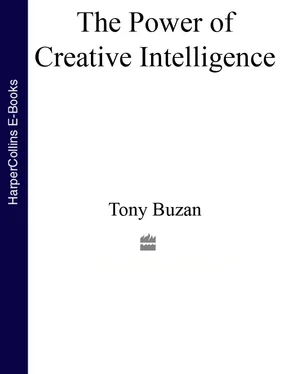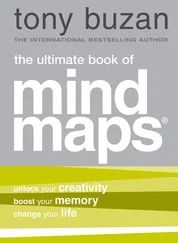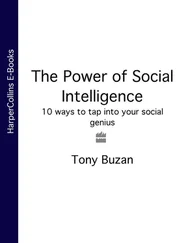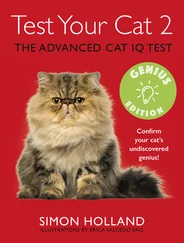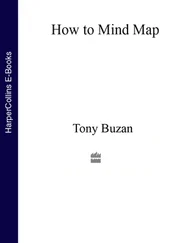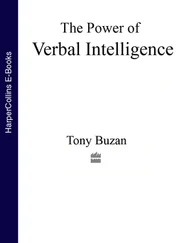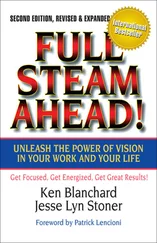In one of his most famous Creative Mind Games, Einstein imagined that he was on the surface of the sun, grabbing a sunbeam, and travelling directly away from the sun at the speed of light, to the very ends of the universe.
When he came to the ‘end’ of his journey, he noticed to his astonishment that he was roughly back where he had started. This was logically impossible: you don’t go in a straight line forever and end up where you started!
Einstein therefore took another imaginary sunbeam ride from another part of the sun’s surface, and again went on a straight-line journey to the end of the universe. Once again he ended up relatively near where he had started.
Slowly the truth dawned on him: his imagination had told him more truths than his logic. If you travel in straight lines ‘forever’ and continually return to the vicinity of where you started, then ‘forever’ must be at least two things: curved in some way, and possessing a boundary.
This was how Einstein came to one of his most profound insights: our universe is a curved and finite universe. He did not come to this giant creative realization by left-brain thinking alone, but by combining his knowledge of number, word, order, logic and analysis with his massive imagination, spatial awareness and ability to see the whole picture.
His insight was a perfect blending and conversation between both sides of his brain. It was a perfect ‘whole-brained’ creative realization.
The same turned out to be true, in reverse, for the ‘right-brained’ creative geniuses. Let us take, for example, the ‘ultimate’ right-brainer, Ludwig van Beethoven.
Case History – Ludwig van Beethoven
Beethoven is known for his turbulent, questioning and passionate spirit, for his desire for freedom from tyranny and censorship and for his ongoing fight for freedom of artistic expression. He is generally accepted as the ‘perfect’ example of the wild and untamed model of genius.
All of this is true, and fits in with the traditional interpretation of the right-brained creative genius. However, what has escaped most people’s attention is that Beethoven, like all other musicians, was also incredibly left-brained!
Consider the nature of music: it is written on lines, in sequence; it follows its own logic; and it is based on numbers. Music has often been described as the most pure form of mathematics there is (and it is interesting to note that many of the great mathematicians had music as their main hobby, and vice-versa).
As well as being passionately imaginative and rhythmical, Beethoven was also passionately meticulous. It was Beethoven who pioneered the use of the musical metronome, stating that it was a Godsend to him because it would now mean that every musician and conductor in the future would be able to play his music at precisely the right rhythm, with precisely the right emphasis, and at exactly the right mathematical tempo!
As with Einstein, Beethoven was neither right-brained or left-brained. He was completely and creatively whole-brained .
My research into the great creative geniuses confirmed that they all used the ‘whole brain’ – the full range of their cortical skills, where each skill supplemented and supported the others.
These findings shed light on the second big problem with the research and its assumptions.
The second problem was a major one. The left brain ‘intellectual’ activities tended to be labelled ‘male’ activities, and right brain ‘creative’, and ‘emotional’ activities came to be seen as ‘female’ activities. This was comprehensively and dangerously wrong!
These labels simply extended and ‘confirmed’ the centuries-old beliefs that:
academics, education and intellectuality involved only words, number and logic and not imagination, colour and rhythm
business was a place for strict order only
men were logical, rational individuals with no emotion, imagination or ‘colour’
women were irrational daydreamers
emotion was not based on associative logic
creativity and art were not ‘proper’ pursuits, and had no rationality or science behind them.
The tragedy of these misconceptions, which sadly are still common today and which The Power of Creative Intelligence will help to dispel, is that they blind the mind to the truth, and therefore diminish pleasure, experience and existence.
Unfortunately these misconceptions are especially prevalent in the arena of education. Because we assume that education has to be ‘left-brained’, we label those children who are energetic, imaginative, colourful, curious or given to excessive bouts of daydreaming as naughty, disruptive, hyperactive, slow or backward. We should instead be labelling them as potential creative geniuses just beginning to explore the range of their abilities!
Similarly many businesses have become stuck in the ‘left-brained’ rut, and as a result are destroying not only the synergy that comes from combining left-brain business practices with imagination and flair, but also their reputations and their bottom lines.
Consider also, in the context of this book, the global image of the artist. Surveys have shown that most people consider artists to be messy, untidy, dishevelled, weak in logic and memory, and lacking in structural and organizational skills.
Sadly millions of art students around the world try to live ‘up’ (it’s actually down !) to this ‘ideal’ vision of the artist. As a result they reject words, number, logic, order and structure, and create only passing images in their minds.
left/right brain thinking in the 21 stcentury
As the Century of the Brain begins, we now realize that the creative brain is the whole brain. Furthermore, we realize that our earlier acknowledgement of our labelling mistakes has led us to an awareness that our creative potential is even greater than we had thought.
A simple question and comparison will make this clear.
If we have been using only half of the skills of the brain, at what percentage efficiency have we been operating?
The immediate answer would appear to be 50 per cent. This indicates that we have been making ourselves into half-wits! However, even this is an overestimation, as a simple example makes clear.
If I said to you that I wanted to measure your efficiency at running, and in Trial 1 I allowed you to use 100 per cent of your body, including arms and legs. Imagine how you would do if I videoed your running style and then examined it for mechanical efficiency. Most of us would score pretty highly.
Imagine now that in Trial 2 I allowed you only 50 per cent of your operating potential, and tied your right hand and foot together, behind your back. How would you do? You’d be flat on your face within a couple of seconds! Efficiency? Less than zero.
Why? Because the parts of your body are made to work together , and in so doing each part multiplies a thousand-fold the efficiency of the other.
It is the same with your brain. When you use only one side of your cortical skills, your creativity is nothing in comparison to what it can be. When you use both sides, your creative potential becomes infinite.
In the Creativity Workout that follows, and in the remaining chapters, I will explore methods of unleashing that infinite creative potential.
creativity workout
1. Use the Whole-brain Skills Set to Examine your Life
Check how many of your left-brain skills you normally use and nurture. Next do the same with your right-brain skills. Pay attention to any of those right or left-brain areas that you are neglecting and begin to exercise and strengthen them right away.
Читать дальше
